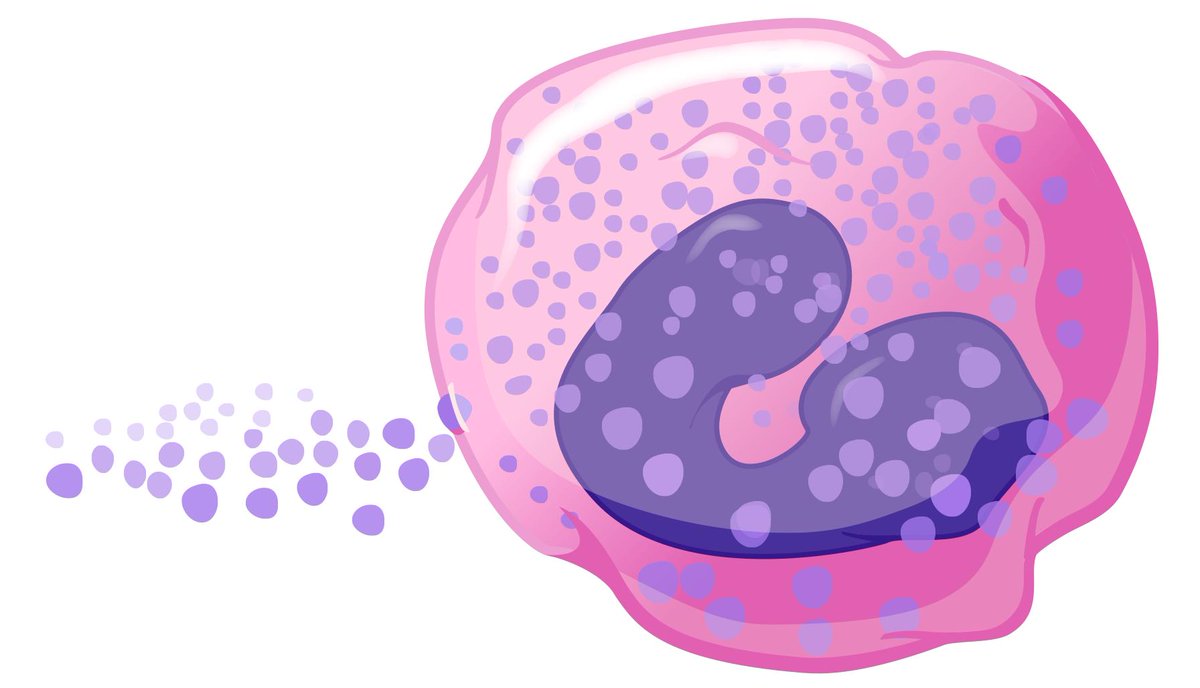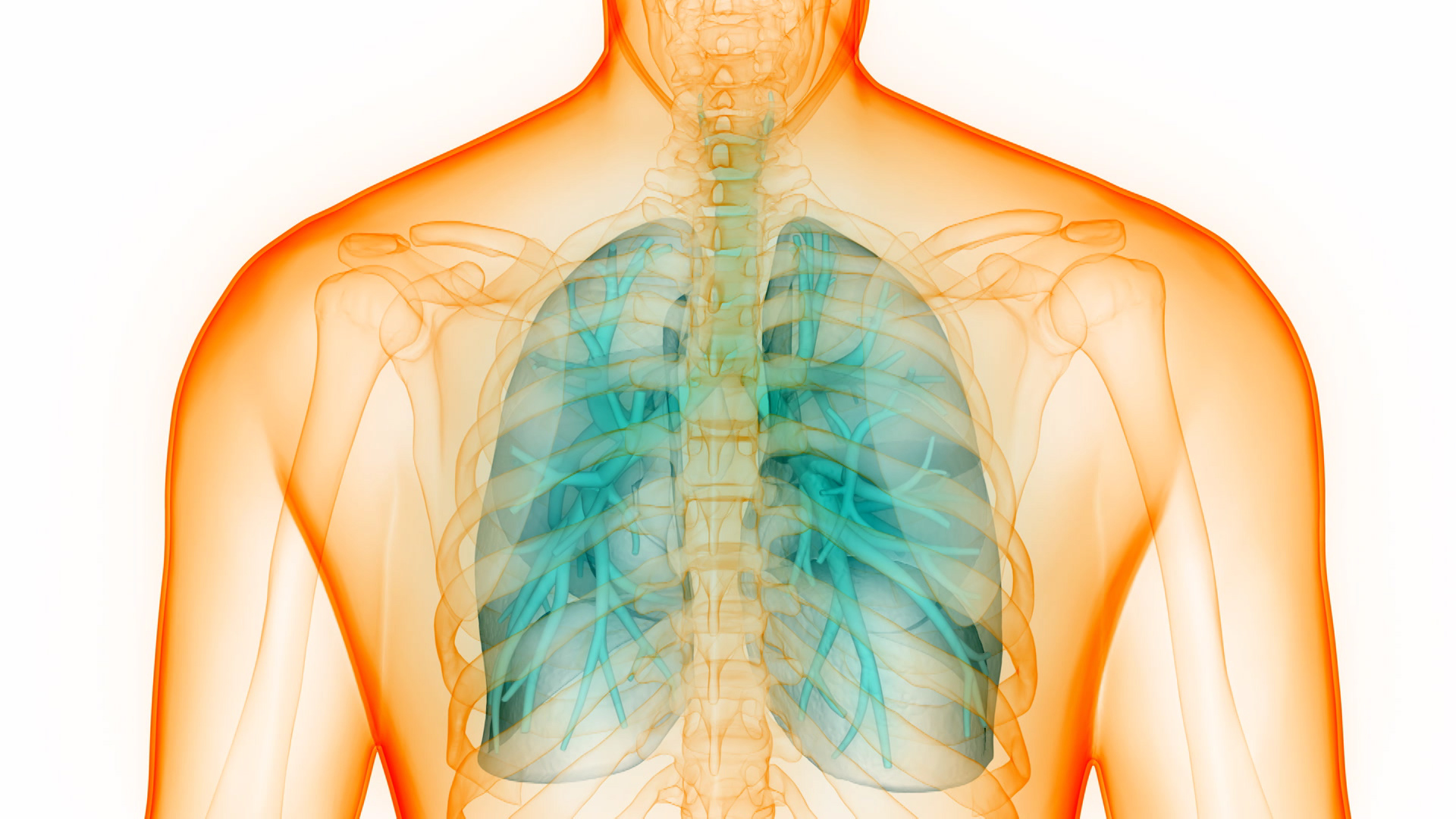What is Eosinophilic Esophagitis?
Eosinophilic esophagitis (EoE) is a chronic inflammatory disease of the esophagus characterized by eosinophil infiltration of the esophageal tissue. The esophagus is the tube that connects the mouth to the stomach and moves food from the mouth to the stomach. Eosinophils are a type of white blood cell that helps fight infection and normally reside in the bone marrow, blood, and tissues. In EoE, there is an abnormal accumulation of eosinophils in the esophageal tissue which causes inflammation and damage over time.
Symptoms of Eosinophilic Esophagitis
The most common symptoms of EoE include one or more of the following:
– Dysphagia (difficulty swallowing) – This is the most common symptom and can affect both solids and liquids of varying consistencies. Patients may feel like food becomes stuck in the throat or chest area.
– Food impaction – Hard or sticky foods like meat are more likely to get stuck. This requires endoscopic removal by a medical professional.
– Chest pain – Pain may be described as sharp, stabbing, or burning and is usually felt while swallowing or shortly after eating.
– Heartburn or acid reflux-like symptoms – Unlike GERD, these symptoms are often not treated effectively with acid-reducing medications in Eosinophilic Esophagitis patients.
– Vomiting – May occur due to blockage from food impaction or just after eating.
– Weight loss – Due to the discomfort while eating, patients may eat less and lose weight.
Causes and Risk Factors of Eosinophilic Esophagitis
The exact cause of EoE is unknown, but it is considered a hypersensitivity response triggered by certain food proteins and environmental allergens in genetically predisposed individuals. Some potential causes and risk factors include:
– Genetics – Studies have found close relatives of EoE patients to be at higher risk, indicating a genetic component.
– Food allergies – Top food triggers are milk, wheat, soy, eggs and nuts. Eating or swallowing these foods may induce an allergic reaction in the esophagus.
– Aeroallergens – Exposure to environmental allergens like pollen, pet dander or dust mites may play a role.
– Gender – EoE affects males more often than females.
– Asthma or other allergies – People with these conditions are at increased risk for EoE.
Diagnosing Eosinophilic Esophagitis
The following diagnostic tests are typically used to evaluate for EoE:
– Barium swallow – Radiographic test to check for narrowing or structural changes in the esophagus. Findings are usually normal early on.
– Upper endoscopy – The gold standard test where biopsies are taken from multiple sites of the esophagus for microscopic evaluation. Presence of >15 eosinophils per high powered field is considered diagnostic of EoE.
– pH or impedance monitoring – Often done to rule out GERD if symptoms overlap or do not respond to acid suppression therapy.
– Elimination diet trial – Removing certain food groups to see if symptoms improve can help identify triggers.
– Blood eosinophil count – May be elevated in EoE but not always diagnostic on its own.
Treatment Approaches for Eosinophilic Esophagitis
Currently, there is no cure for EoE but various treatment approaches focus on reducing esophageal inflammation and managing symptoms:
– Diet modifications – Eliminating dietary triggers is the cornerstone of management. Requires an extensive evaluation process.
– Swallowed topical corticosteroids – Beclomethasone or fluticasone reduce esophageal inflammation when applied directly. Usually use for 6-8 weeks.
– Proton pump inhibitors – May help some patients if acid reflux coexists but does not treat the underlying EoE.
– Endoscopic dilation – Can be used if fibrostenotic (scarring) changes cause narrowing in the esophagus. Relieves obstruction but temporary.
– Allergen immunotherapy – Exposure to higher doses of allergens under medical supervision may help desensitize over time.
– Topical calcineurin inhibitors – Experimental use of ciclosporin or fluticasone foam shows promise in small studies.
Living with and Managing Eosinophilic Esophagitis
With appropriate treatment and lifestyle modifications, EoE can be effectively managed long-term in many patients. Close monitoring by a gastroenterologist is important. Getting a definitive diagnosis allows treatment to begin, preventing worsening of inflammation and complications over time. Dietary elimination requires patience and thought but removes triggers. Compliance with topical medications helps maintain remission. Overall, having a treatment plan designed with their doctor empowers individuals to take control and live well with this condition. With ongoing research, more treatment options and personalized care approaches for EoE are developing every year.
*Note:
1. Source: Coherent Market Insights, Public sources, Desk research
2. We have leveraged AI tools to mine information and compile it




